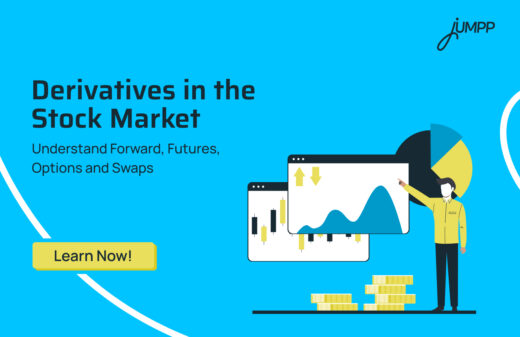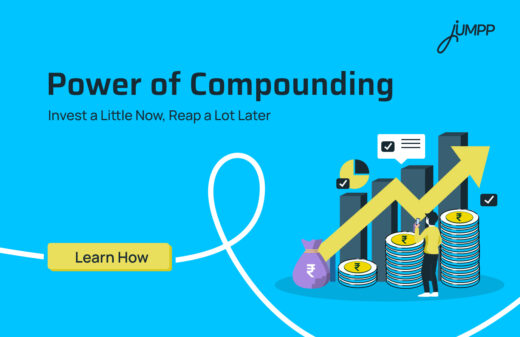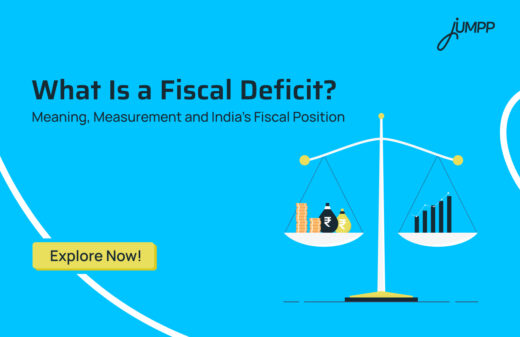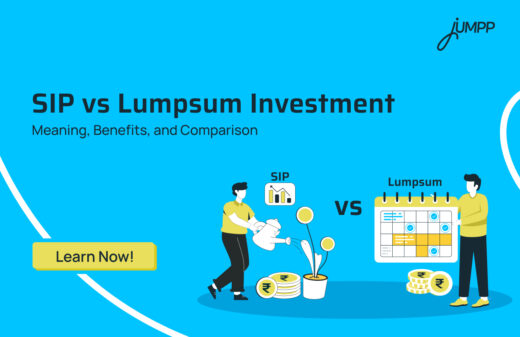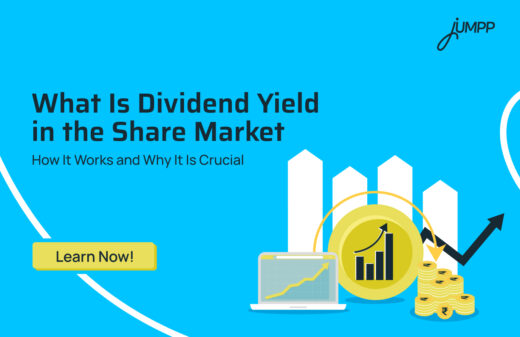Spot Market: Meaning, Features and How It Works
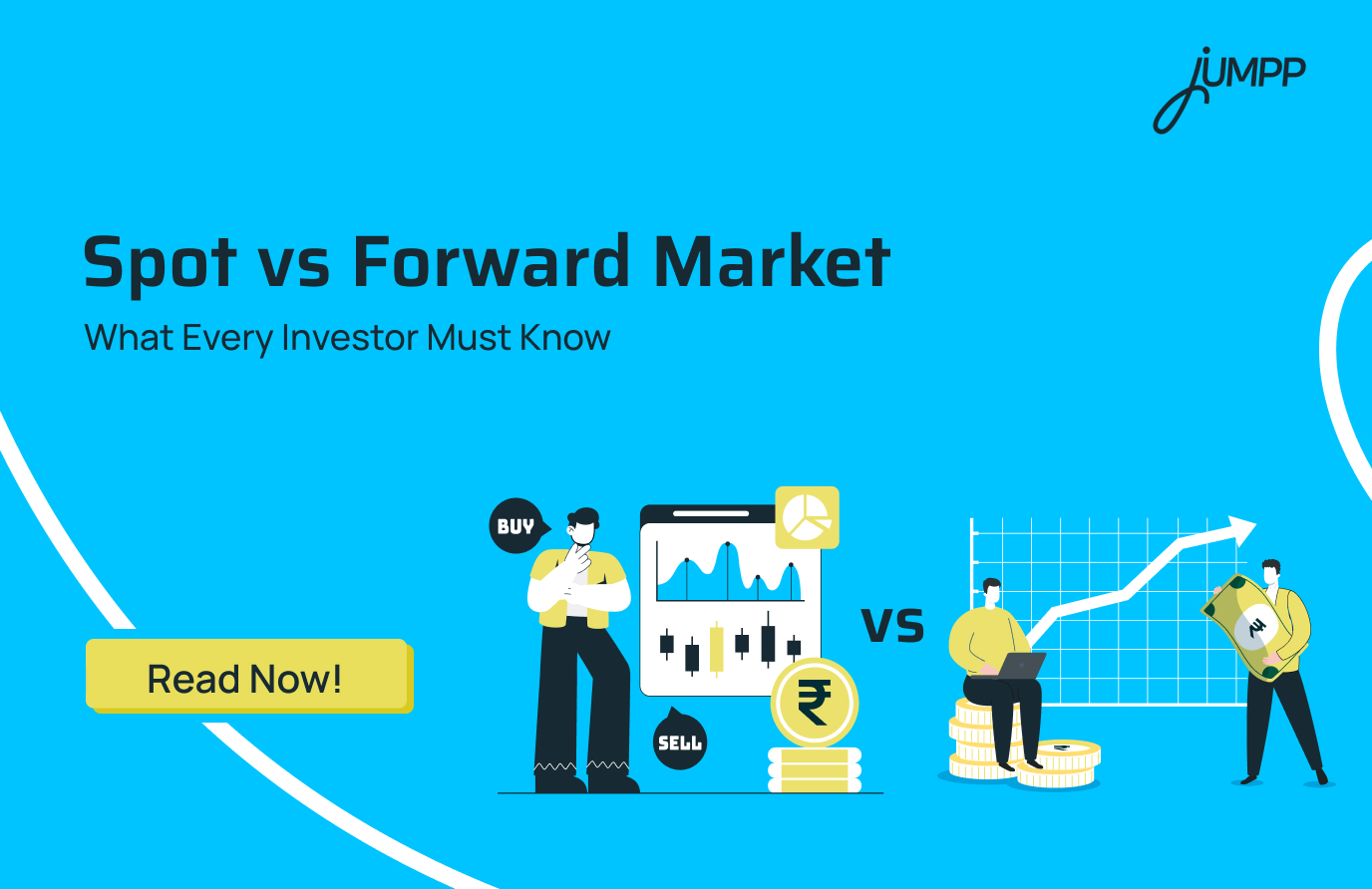
Markets move fast. Prices of currencies, commodities, or stocks can change in minutes, and delays can affect your overall returns. Traders, exporters, importers, and investors need a mechanism to act instantly. That mechanism is the spot market. It is a platform for buying and selling financial instruments, commodities, or currencies immediately, with trades settled at real-time market prices.
Spot market is also referred to as the cash market or the physical market because spot transactions settle “on the spot.”
Let us learn more about this with a spot market example, along with the advantages and disadvantages of spot markets.
What is a Spot Market?
A spot market is a marketplace where commodities, currencies, securities, or other assets are bought and sold for immediate delivery. In this market, buyers and sellers exchange assets at the current price, known as the spot price, and the transaction usually settles within two business days (T+2).
Spot Price Meaning
The spot price is simply the current market price of an asset for immediate delivery. It’s highly volatile, moving with supply and demand, investor sentiment, and global economic factors.
What are the Types of Spot Markets in India
India primarily has two categories of spot markets: exchange-based and over-the-counter (OTC).
1. Exchange-Based Spot Markets
Exchange-based spot markets are highly organised and regulated. Trades happen on centralised electronic platforms. These offer high transparency, standardisation, and liquidity.
India’s major stock exchanges act as spot markets for stocks and other securities.
- National Stock Exchange (NSE): This is one of India’s leading exchanges.
- Bombay Stock Exchange (BSE): Asia’s oldest stock exchange.
Explore Now- Best App to Save Money While You Trade!
Commodity Exchanges facilitate spot trading in physical commodities.
- Multi-Commodity Exchange of India (MCX): This is focused on non-agricultural commodities like metals (gold, silver, copper) and energy (crude oil, natural gas).
- National Commodity and Derivatives Exchange (NCDEX): It specialises in agricultural commodities, including grains, pulses, and spices.
2. Over-the-Counter (OTC) Spot Markets
OTC spot markets are decentralised. Buyers and sellers trade directly with each other without a central exchange. These markets are less regulated than exchange-based markets and carry higher counterparty risk.
- Forex Market: The largest OTC spot market in India, where banks and authorised dealers trade currencies directly for immediate delivery.
- Bond Market: Many government and corporate bonds are traded directly between parties in the OTC market.
- Local and Retail Markets: Everyday transactions, like buying vegetables at a mandi or purchasing gold at a jewellery shop, are simple forms of spot trading, where cash is exchanged for goods immediately.
Want to understand how international trade impacts currency flow and market prices?
Explore our detailed guide on the Balance of Trade: Meaning, Formula, and Impact on the Economy— and learn how exports, imports, and trade gaps shape India’s financial growth.
How Spot Market Works
Spot markets let buyers and sellers trade assets at prices agreed in real time.
Here is how the market functions-
- In a spot market, buyers and sellers agree on the price in real time. The transaction happens without delay. This means that the asset and cash change hands almost immediately.
- While “spot” suggests instant delivery, the actual settlement—transfer of funds and the asset—typically occurs within two business days.
- Spot markets are essential for determining accurate prices. They reflect the current state of supply and demand, and these prices serve as benchmarks for other markets, such as forward or futures markets
Spot Market Example
- Currency Spot Market: Exchanging dollars for rupees at a bank or airport is a classic spot market transaction. You pay and receive currency almost immediately.
- Stock Exchanges: Buying shares of a company on the NSE or BSE, where the shares are delivered and paid for shortly after the trade, is a spot market example.
- Commodity Markets: Purchasing physical gold, silver, or oil for immediate delivery happens within the commodity spot market.
What are the Advantages of Spot Markets
Let us see how the spot markets act as the backbone of real-time financial transactions in India
Immediate Transaction Settlement: One of the biggest advantages of a spot market is speed. Trades are executed almost instantly, and ownership transfers quickly, usually within two business days.
Real-Time Pricing and Transparency: Prices in spot markets reflect current supply and demand. On exchanges, these prices are publicly visible, giving traders and investors an accurate picture of market value at any given moment.
High Liquidity: Popular assets traded in spot markets, like major stocks, currencies, or commodities, are often highly liquid. This allows for quick buying and selling without significantly affecting the price..
Direct Ownership: In a spot market, traders take immediate ownership of the asset. This is particularly useful for businesses that need commodities for production or investors who prefer to hold assets rather than speculate.
Flexibility: Spot markets don’t enforce fixed contract sizes or expiration dates. Traders can buy or sell any quantity of an asset, adapting to their specific needs and circumstances.
What are the Disadvantages of Spot Markets
While spot markets offer immediacy, they expose traders to sudden price swings and limited time for decision-making.
Here are some disadvantages of spot markets-
Price Volatility: Because spot prices respond instantly to supply and demand, they can fluctuate rapidly. This volatility can make predicting market movements difficult and occasionally lead to unexpected losses.
No Hedging Options: Unlike futures or forward markets, spot trading does not allow you to lock in prices for the future. Traders needing future security may find this limiting.
Counterparty Risk: In over-the-counter (OTC) trades, there is a risk that the other party may default on their obligations, potentially resulting in financial losses.
Handling Physical Commodities: For physical assets like gold, oil, or agricultural products, taking delivery can be inconvenient and requires safe storage arrangements.
Lower Profit Potential: Spot markets typically offer gains only through price appreciation of the asset. There is no leverage, unlike derivative markets, which can limit potential returns.
Limited Leverage: Spot trading generally offers little to no leverage. While this reduces risk, it also limits the ability to amplify returns compared to other markets.
What is a Forward Market?
A forward market is an over-the-counter (OTC) market where buyers and sellers agree today on a price for an asset that will be delivered at a predetermined future date.
It allows two parties to agree today on a price and date for a future transaction to hedge against price risk.
It helps participants manage risk from price fluctuations.
Forward Market Example
A farmer agrees to sell 10 tons of wheat to a flour mill six months from now at ₹22,000 per ton.
- For the farmer: It secures revenue, protecting from a potential fall in wheat prices.
- For the mill: Locks in costs, protecting against price hikes.
Regardless of the wheat spot price in six months, the agreed price is honoured.
Difference between Spot Market and Forward Market
Here is the difference between a spot market and a forward market-
| Feature | Spot Market | Forward Market |
| Settlement Time | Immediate or near-immediate, typically 1–2 business days | Agreed upon for a future date |
| Price Determination | Current supply and demand | Set at contract creation, based on future expectations |
| Contract | Usually, no formal contract is required. | Customised forward contract negotiated between parties |
| Liquidity | High for popular assets | Lower due to private agreements |
| Risk | Exposed to immediate price volatility | Counterparty risk: one party may default |
| Purpose | Immediate transactions and short-term trading | Hedging or speculation on future prices |
Conclusion
The spot market remains one of the most efficient ways to trade assets for immediate settlement. Whether it’s forex, commodities, or securities, it allows traders and investors to react to real-time market conditions, providing liquidity and transparency. However, the absence of hedging options and exposure to volatility makes it essential to understand your risk appetite before participating.
Spot Market – FAQs
Buying U.S. dollars at the current exchange rate to pay for an import or exchanging INR for foreign currency at the airport are classic examples of spot trading, executed for immediate delivery.
India’s spot markets include the NSE and BSE for stocks, MCX and NCDEX for commodities, forex for currencies, and OTC markets for direct cash-for-asset trades.
In finance, “spot” simply refers to transactions happening “on the spot”; it doesn’t have a universal acronym in trading contexts.
Spot markets offer simplicity, transparency, immediate ownership, no expiry, and lower risk compared to leveraged trades.
Spot trading is relatively safe because losses are limited to your investment; however, market volatility still carries risk, especially in currencies.
The first and last hours of trading are most volatile for opportunities, while the middle of the day is calmer and better for beginners.
A spot market is also called a cash market or physical market, because assets are exchanged immediately for cash.
Monopoly, Oligopoly, Perfect Competition, Monopolistic Competition, Monopsony, Oligopsony, and Natural Monopoly—classified by number of buyers/sellers, product type, and pricing control.

